Newest eponyms
-
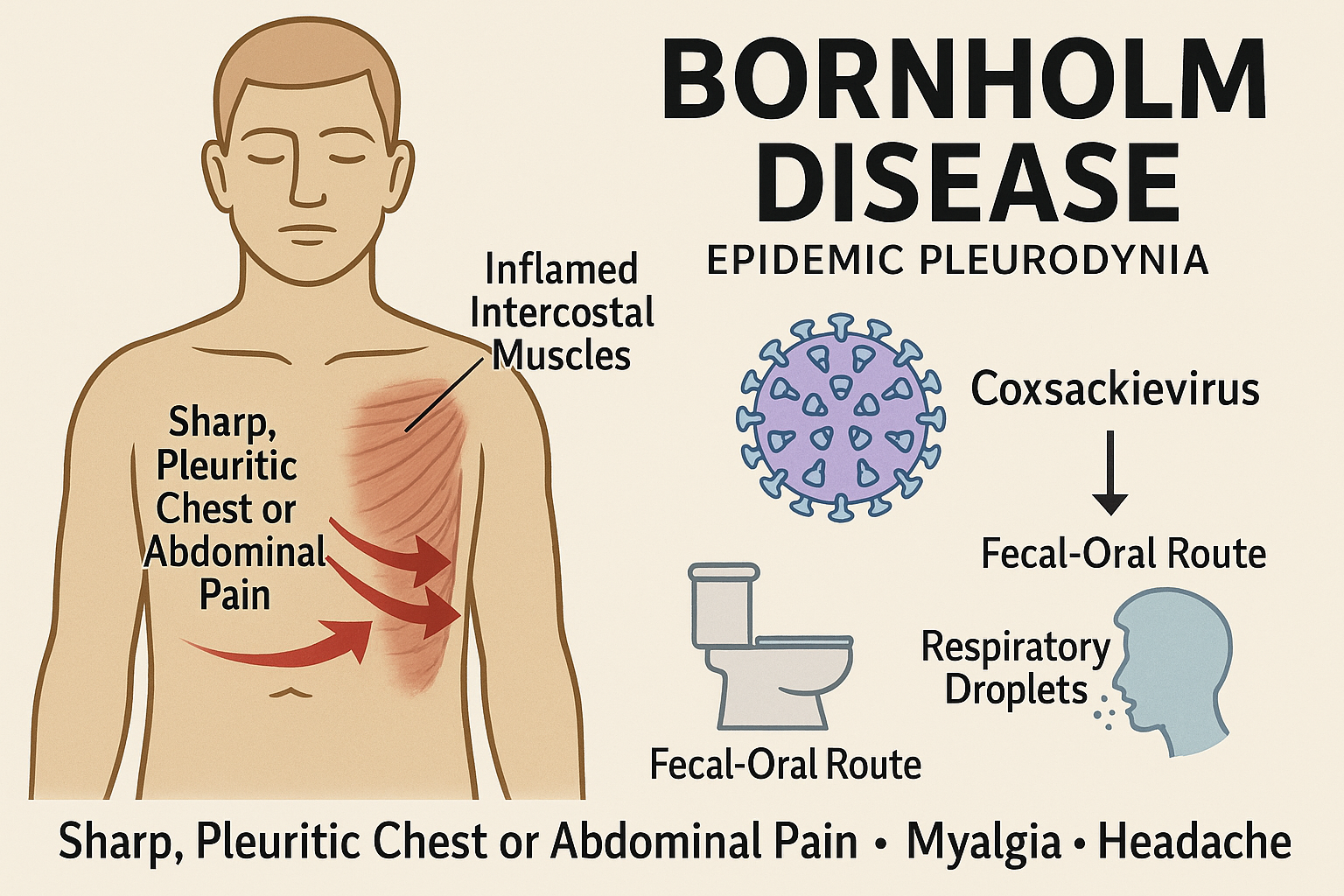
Bornholm Disease
Bornholm Disease: A Viral “Devil’s Grip” of Chest Pain Bornholm disease is an acute, self-limited infection characterized by sudden onset of sharp che
-
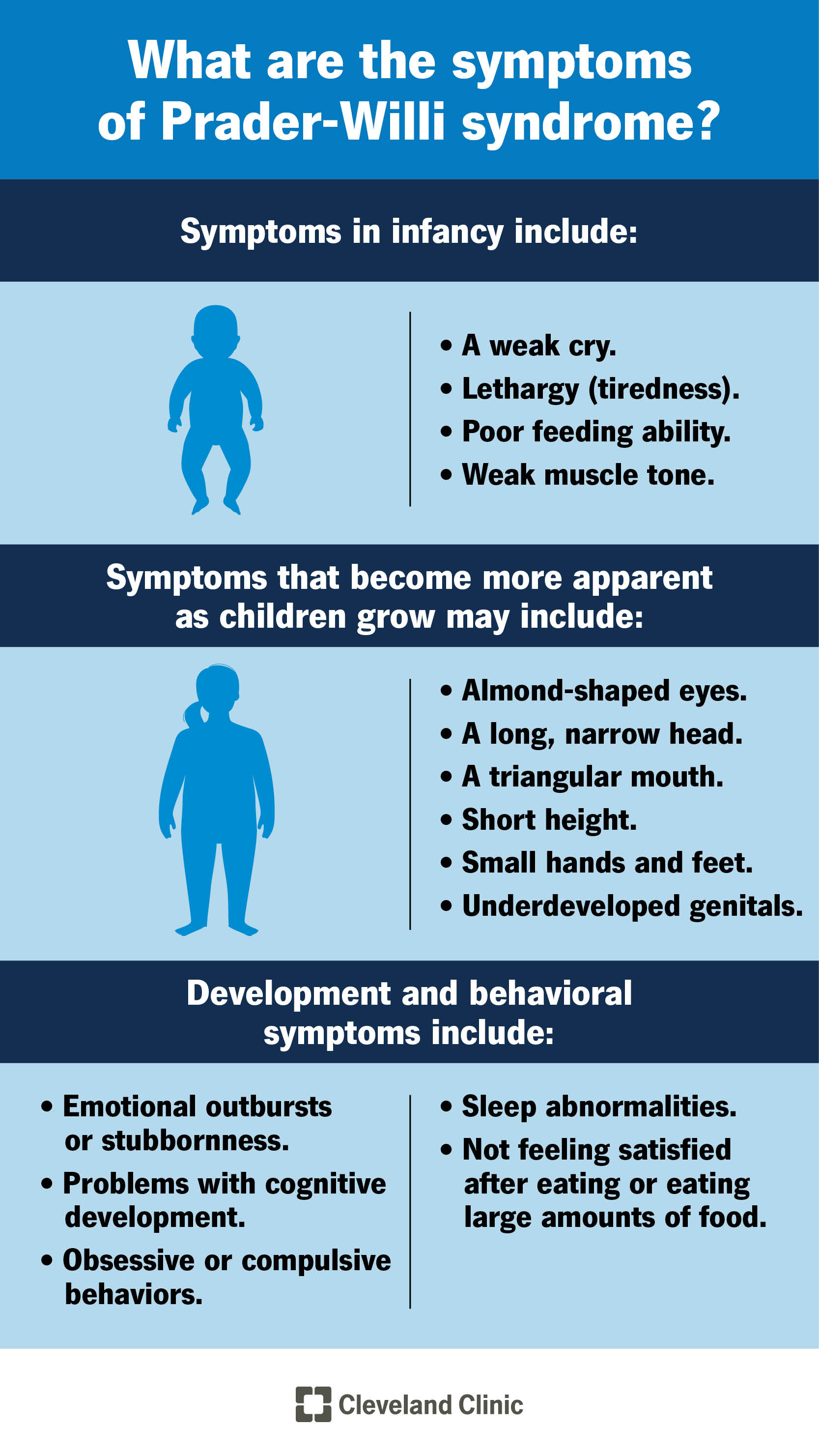
Prader-Willi
Here’s a clear, engaging, and medically accurate English educational article on Prader–Willi Syndrome (PWS), written in the same structured style as y
-
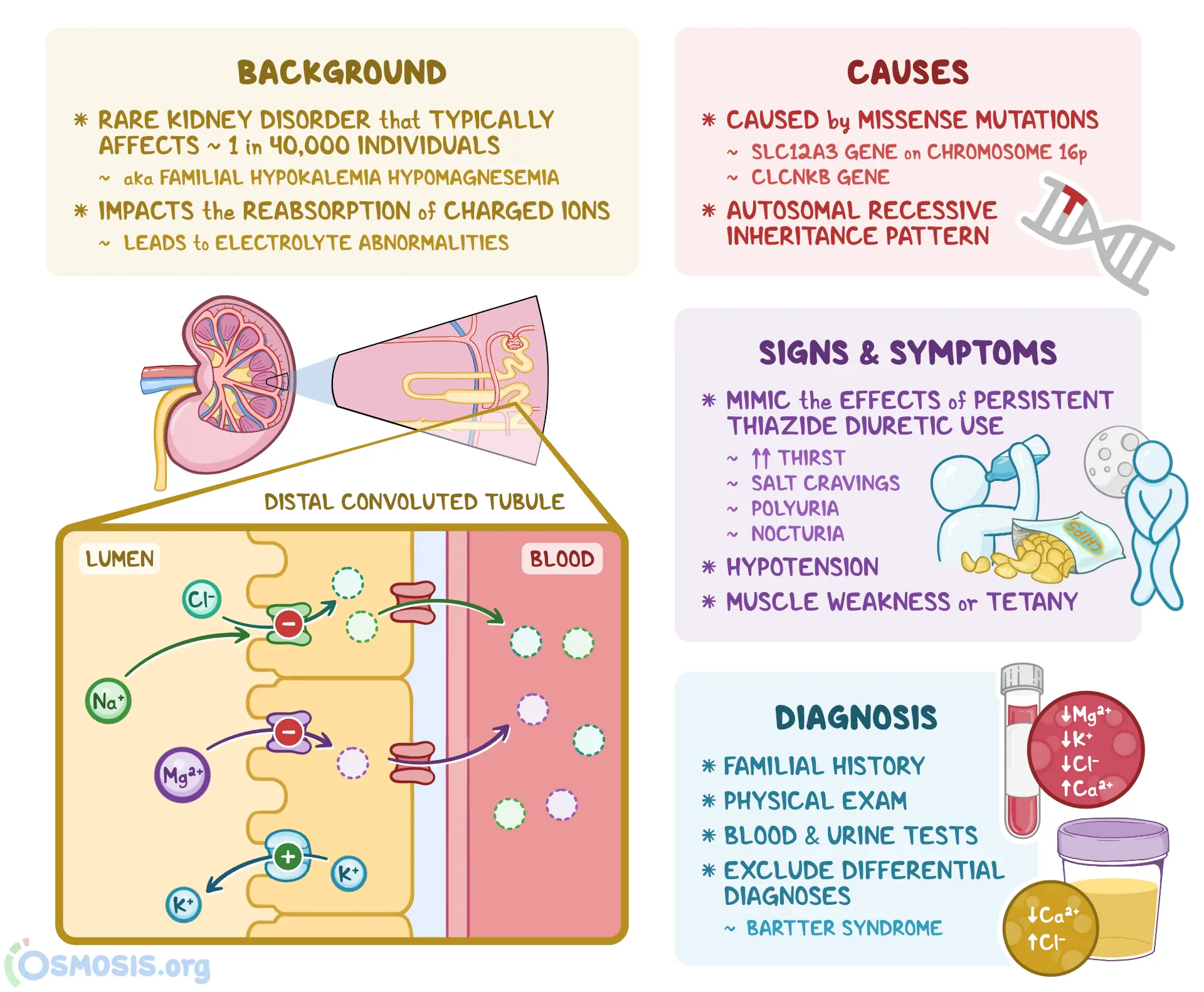
Gitelman syndrome
Gitelman syndrome (GS) is a rare inherited kidney disorder characterized by defective salt reabsorption in the distal convoluted tubule (DCT). It lead
-
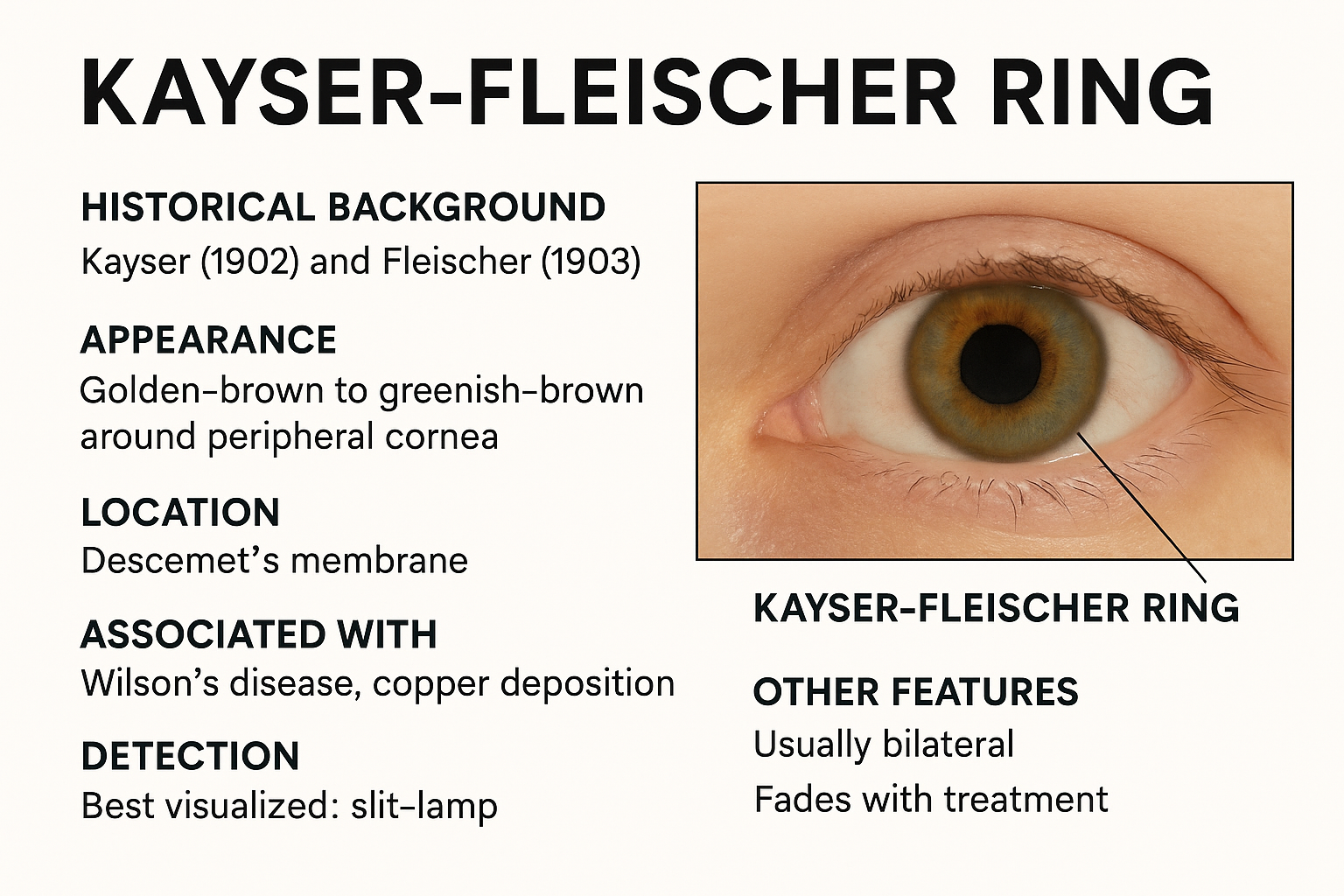
Kayser-Fleischer Ring
Kayser–Fleischer Ring: A Golden Clue to Copper Accumulation The Kayser–Fleischer (KF) ring is a brownish-green or golden ring seen at the corneal peri
-
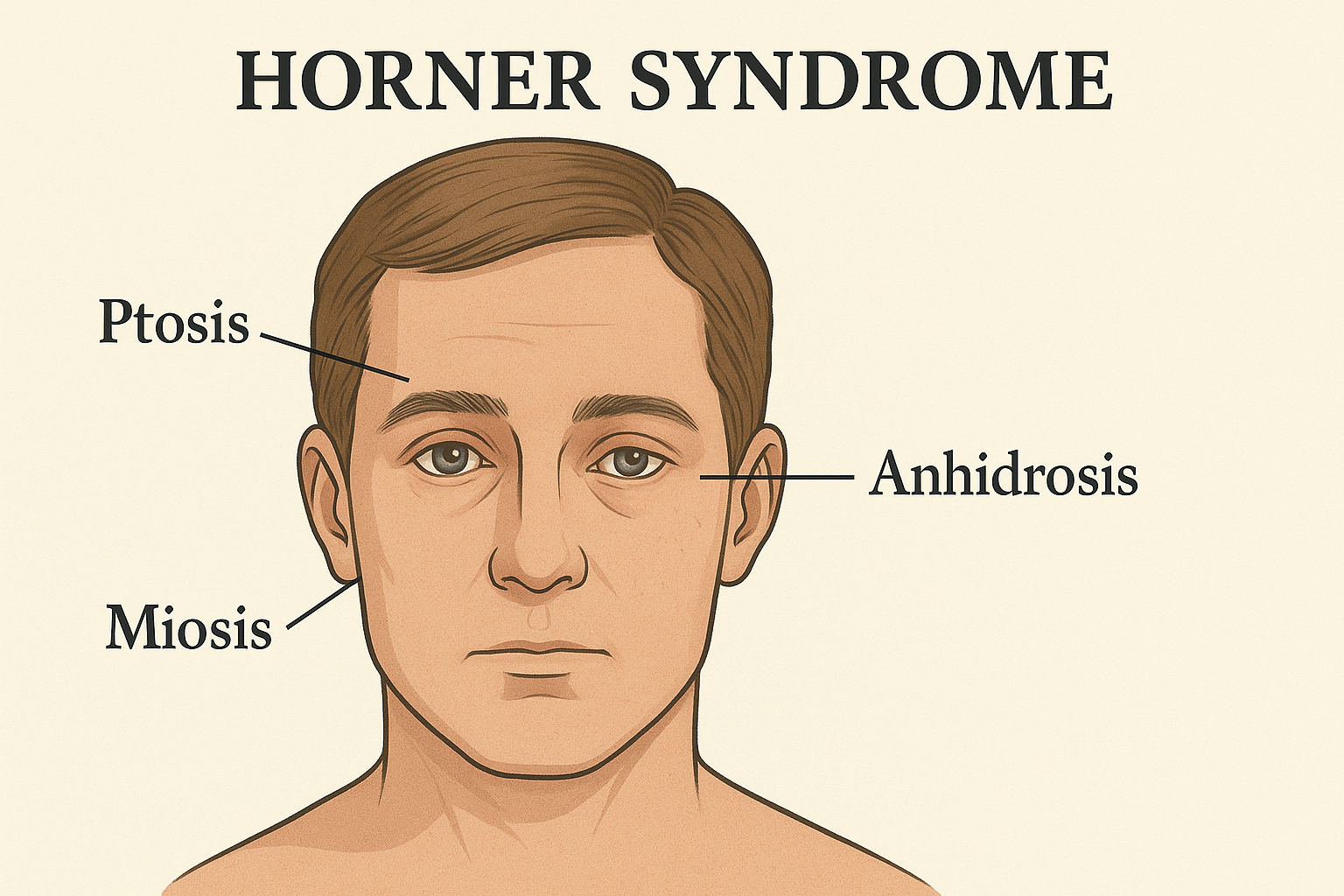
Horner Syndrome
Horner’s Syndrome: Recognizing a Disruption in Sympathetic Supply Horner’s syndrome arises from a lesion along the oculosympathetic pathway, leading t
-
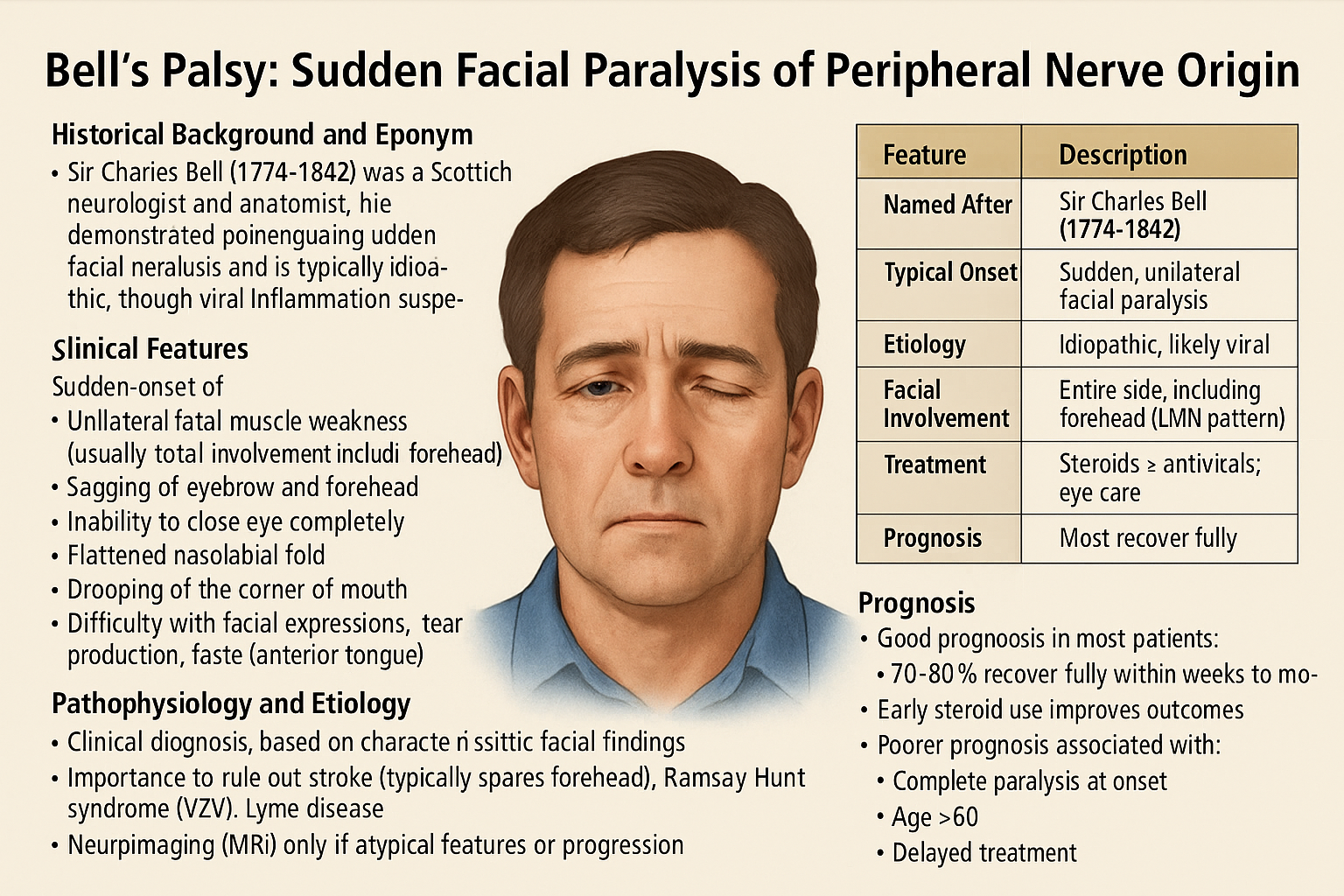
Bell's Palsy
Bell’s Palsy: Sudden Facial Paralysis of Peripheral Nerve Origin Bell’s palsy is a condition marked by acute, unilateral facial weakness due to periph
-
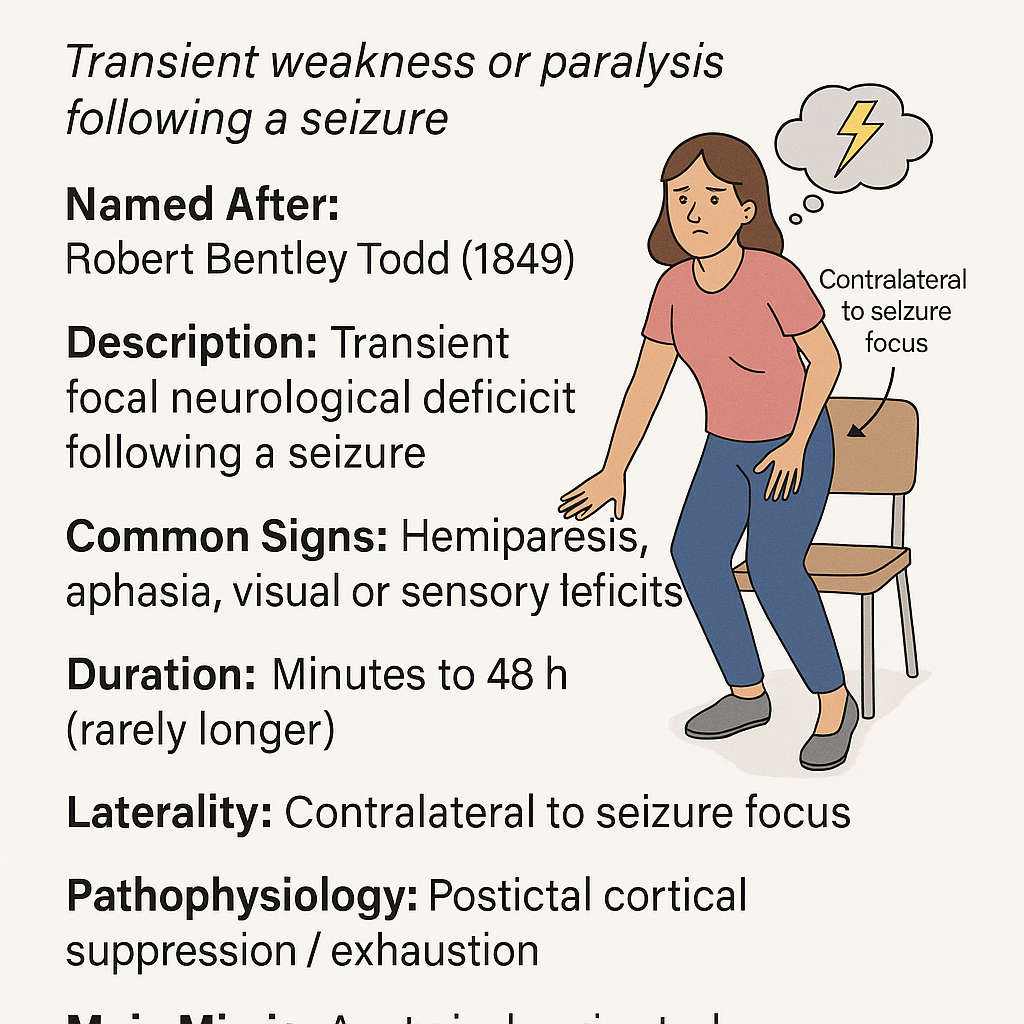
Todd’s palsy
Todd’s Palsy: Transient Weakness Following a Seizure Todd’s palsy—also known as postictal paralysis or postictal paresis—is a temporary neurological d
-
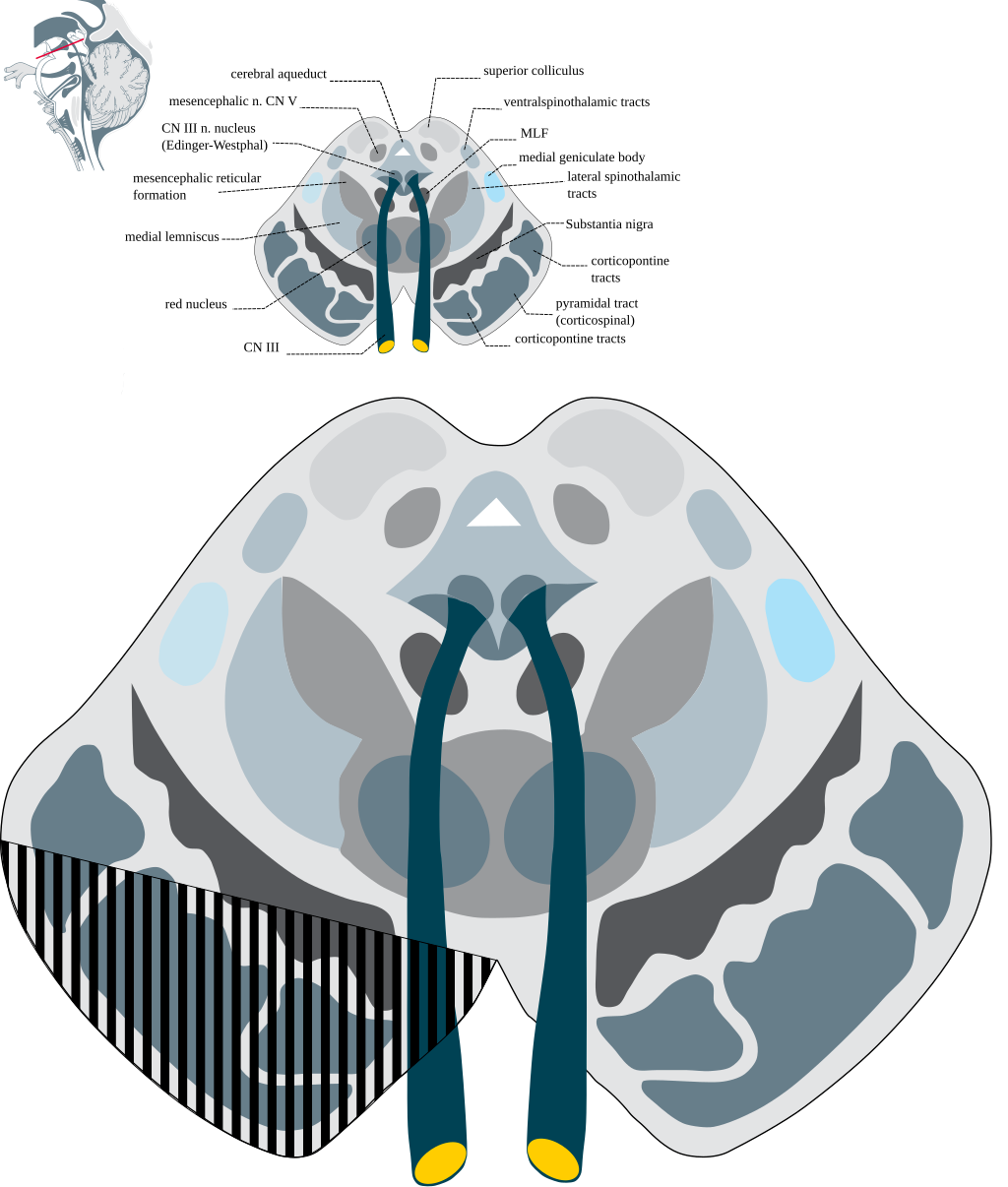
Weber’s Syndrome
Weber’s Syndrome: A Classic Midbrain Stroke Syndrome of Crossed Neurological Signs Weber’s syndrome, also called Weber’s paralysis, is a rare but well
-
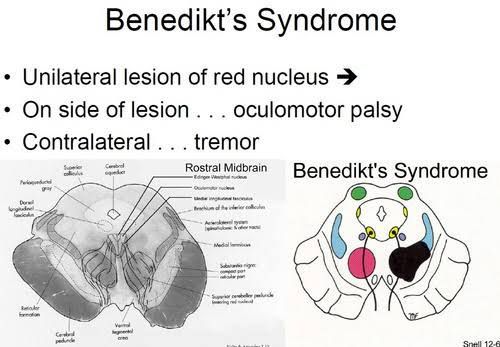
Benedikt syndrome
Benedikt Syndrome: A Classic Midbrain Stroke Syndrome Benedikt syndrome is a rare posterior circulation stroke syndrome characterized by a distinctive
-
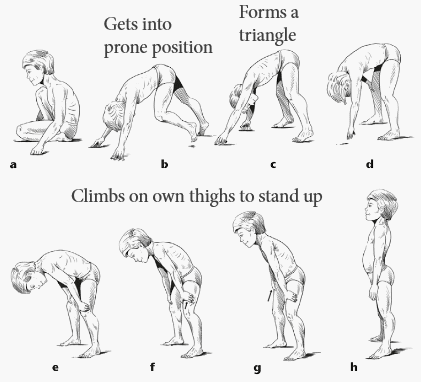
Gowers Sign
Gowers Sign: A Classic Indicator of Proximal Muscle Weakness Gowers sign is a classic physical examination finding that signals proximal lower limb we